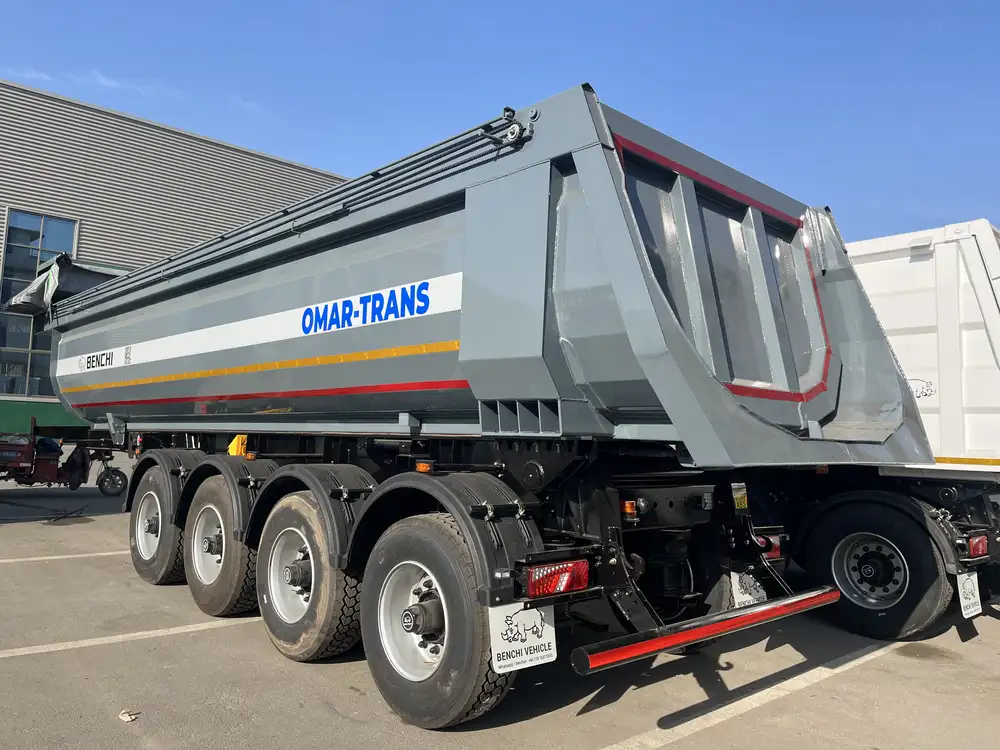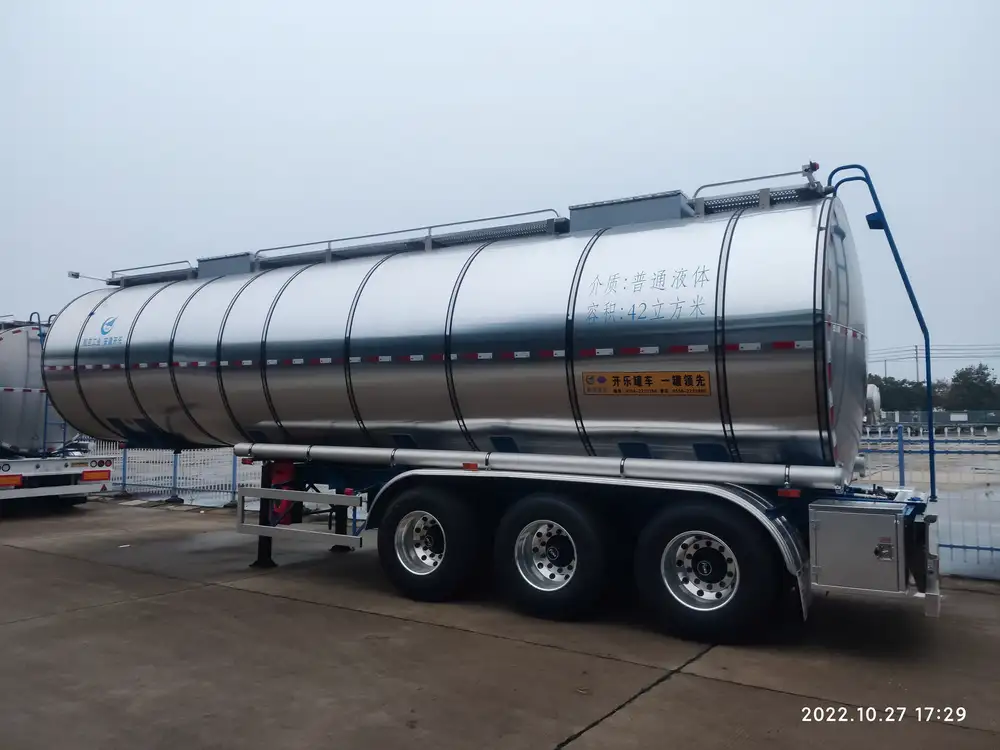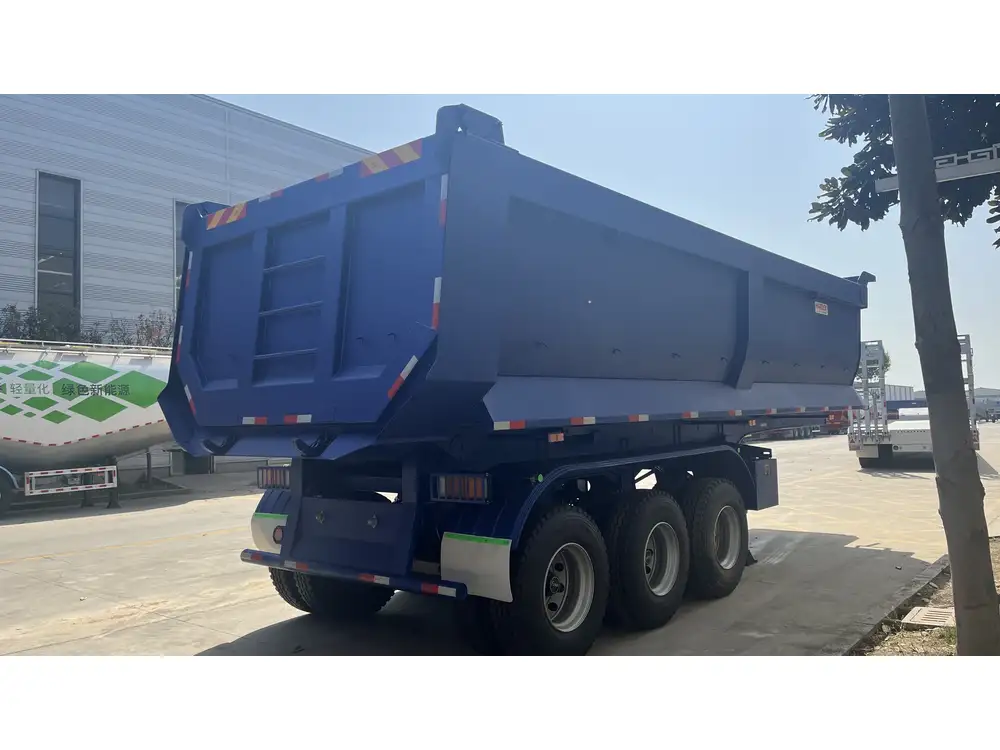Introduction
In the world of logistics and transportation, the ability to efficiently manage and dispose of unwanted materials is critical. For businesses utilizing semi-trailers, understanding the costs associated with dumping a trailer is essential. This article delves into the intricacies of trailer dumping expenses, exploring various factors that influence prices, providing a detailed breakdown, and equipping you with all the necessary information to make informed decisions.
Breakdown of Dumping Costs
Dumping costs for trailers can vary widely based on multiple factors. Below is a structured comparison of elements that affect the overall price:
| Factor | Description | Impact on Cost |
|---|---|---|
| Location | Proximity to dumping sites or landfills. | Higher transport costs for remote locations. |
| Type of Material | Costs differ based on whether the load is construction debris, hazardous waste, etc. | Hazardous materials incur extra fees. |
| Weight of the Load | Heavier loads typically result in higher fees due to weight limits and landfill costs. | Scale-based charges apply. |
| Service Provider | Different waste management firms have varying pricing structures. | Competitive rates vs. premium services. |
| Permits and Regulations | Some areas may require special permits for dumping, adding to costs. | Additional compliance fees. |
| Time of Year | Seasonal demand can affect pricing, particularly during busy construction seasons. | Potential for rate hikes. |
| Volume of Waste | The amount of waste can lead to bulk discount opportunities. | Large volumes may reduce per-unit costs. |

Typical Cost Structures
Understanding common cost structures will give you a benchmark against which to measure offers from various service providers. Here are the typical ranges for dumping costs related to trailers:
National Average Costs
- Basic Dumping Fee: Typically ranges from $50 to $200 for standard waste.
- Construction Debris: Often costs between $100 and $500, depending on volume.
- Hazardous Waste: Prices can soar to figures exceeding $1,000 due to stringent disposal regulations.
Cost by Material Type
- Residential Waste: $50 – $150 per ton
- Commercial Construction Waste: $100 – $300 per ton
- Hazardous Waste: $1,000+ (often charged per pound)

Additional Charges
Apart from base costs, several additional fees may apply:
- Transportation Fees: $1 – $3 per mile.
- Overweight Charges: Up to $200 for exceeding weight limits.
- Environmental Fees: Additional $5 – $25 for environmental compliance.
Factors to Consider Before Dumping a Trailer
Deciding to dump a trailer is not just about understanding costs; the process involves several considerations as well:
1. Regulatory Compliance
Before dumping, it is vital to confirm that your waste disposal aligns with local and federal regulations. Improper disposal can lead to hefty fines and potential legal issues.

2. Selecting the Right Service Provider
Not all waste management companies are created equal. Researching providers, examining reviews, and comparing prices will help identify a reliable and cost-effective partner. Key considerations include:
- Reputation: Look for companies with strong service histories.
- Certifications: Verify that providers are licensed for hazardous waste disposal if necessary.
- Customer Service: Evaluate responsiveness and support.
3. Assessing Environmental Impact
Increasingly, businesses are held accountable for environmental stewardship. Consider strategies to minimize waste, such as recycling or repurposing materials. Not only does this reduce disposal costs but enhances your company’s sustainability profile.
4. Logistics and Timing
Planning the logistics of waste disposal, including timing and transport routes, is essential to keeping costs manageable. Coordinate with your provider to ensure efficient service delivery, especially during peak seasons.

Cost-Saving Strategies for Dumping a Trailer
Cutting costs without sacrificing service quality requires a strategic approach. Here are several actionable strategies:
Optimize Load Size
Maximize your trailer’s payload to ensure that you minimize waste disposal costs per ton. Efficient loading can mean the difference between paying a standard fee versus an overweight charge.
Leverage Bulk Discounts
If your operation involves frequent dumping, consider negotiating bulk rates with your waste management provider. Providers often reduce costs for businesses that can guarantee regular service.

Schedule Off-Peak Dumping
Dumping during off-peak hours can result in lower fees. If your operational schedule permits flexibility, taking advantage of these times can lead to substantial savings.
Utilize Recycling Programs
Engage with vendors that offer waste recycling services. Many firms will provide reduced rates for materials that can be recycled or reused, thereby contributing both to sustainability and cost efficiency.
Review Waste Stream Composition
Identify the types of materials you are disposing of regularly. Understanding the composition of your waste stream can help you make informed decisions about potential recycling or reduction methods.

Conclusion
Understanding the costs associated with dumping a trailer is essential for any business using semi-trailers for transportation and logistics. By dissecting the various factors influencing these costs—ranging from material types to service provider differences—you can navigate the complexities of waste disposal effectively. Additionally, implementing strategic cost-saving measures will enhance your operational efficiency while ensuring compliance with regulations and sustainability practices.
With a careful balance of planning, negotiation, and efficiency, businesses can streamline their waste disposal processes while remaining conscious of expenses. As you venture into the realm of trailer dumping, remember that informed decisions today can lead to significant savings in the future. By considering not only the upfront costs but also the long-term implications of your waste disposal choices, your business will position itself for greater profitability and environmental responsibility in the competitive logistics landscape.



